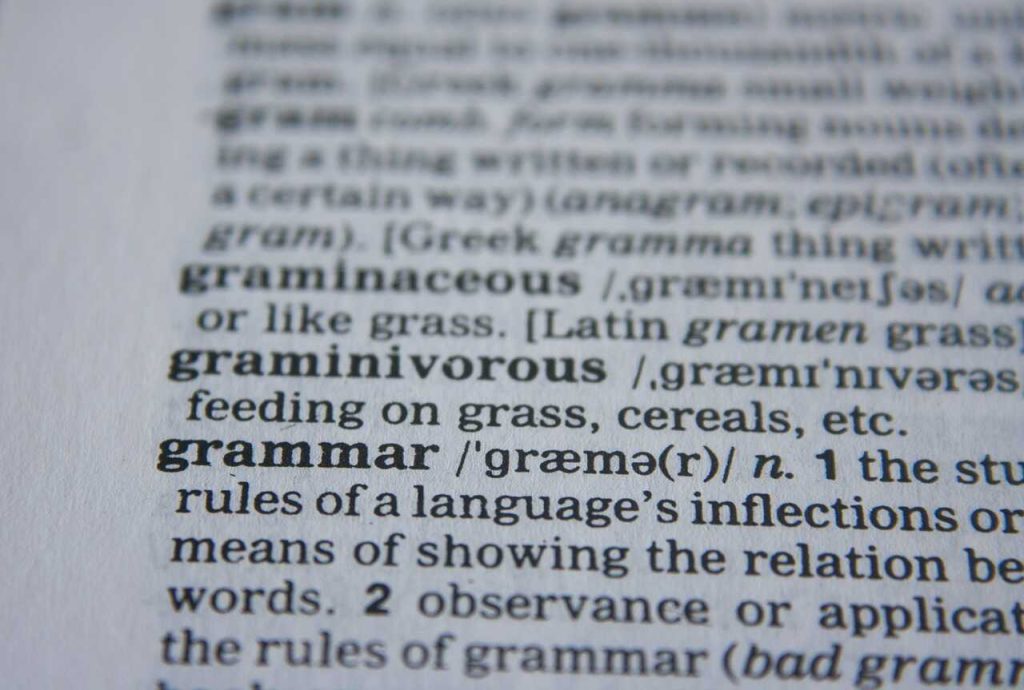It took me some time to learn the pronouns in Thai. I didn’t learn all of them, of course. However, I didn’t want to end up in an awkward situation where I didn’t know the right one. I also didn’t want to leave any stone unturned when learning Thai, which is why I put in some extra effort. I want to put this information into one article so you will prepared for any situation where you need to make use of pronouns. It may even help you with learning Thai fast.
Here are the pronouns you will likely need as you learn the language and visit the country.
What Are Pronouns?
Just to start off, I wanted to quickly go over what a pronoun actually is. I didn’t really have a good understanding at the beginning, so I wanted to make sure we all start on the right foot.
Pronouns are a type of noun or ‘name word’ that can be used to substitute another noun. Instead of saying someones name multiple times, you can instead use they, he, or she. Personal pronouns in particular are important to learn. The most common personal pronouns used in English are he, she, I, you, and they.
I in Thai
The way to say ‘I’ in Thai depends on the gender of the speaker. For males, they would say ‘pom’ (ผม). The word ‘rao’ (เรา) can also be used around those you are more familiar with.
Females would use ‘chan’ (ฉัน) in more informal situations, while ‘dichan’ (ดิฉัน) would be reserved for formal situations.
You In Thai
To say you in Thai, the most common word learners will use is ‘khun’ (คุณ). This can be used by both genders, though it can be seen as somewhat formal.
Alternatively, you can use ‘ter’ (เธอ), which is a bit more informal and often used to speak with those of the opposite gender.
She In Thai, He In Thai, And They In Thai
Thankfully, when it comes to talking in the third person, there is one versatile word that can be used for all. This word is ‘kao’ (เค้า) which is used by both genders and can mean she, he, and they. The context of the sentence will usually reveal the exact meaning for the reader or writer.
Other Vocabulary
It is worth noting a few other words that may be useful. The word ‘phuak’ (พวก) can be added before a pronoun to pluralize it. If you want to say we, you can use ‘rao’ (เรา), which confusingly also means I as mentioned before.
If this is all a bit too complicated, it is possible to talk without using pronouns too. Thai people often drop this part when talking, with little meaning being lost. If you are at a loss, then this is probably the best option to choose.
Learning Pronouns In Thai
Learning about pronouns is difficult at the best of times, but Thai may just be one of the hardest examples. There are so many different factors that affect which word needs to be used, making it difficult to choose the best one for the situation.
Adding to that the fact that some may be considered impolite, you will need to be careful. However, if you make sure to understand the basics, you will do just fine for day to day conversations. These examples will get you by most of the time, though maybe not the most formal or respectful situations.
If you want to improve your understanding of Thai pronouns, try out the Ling Thai app. You can test your skills in the language and memorise new words and phrases.



















